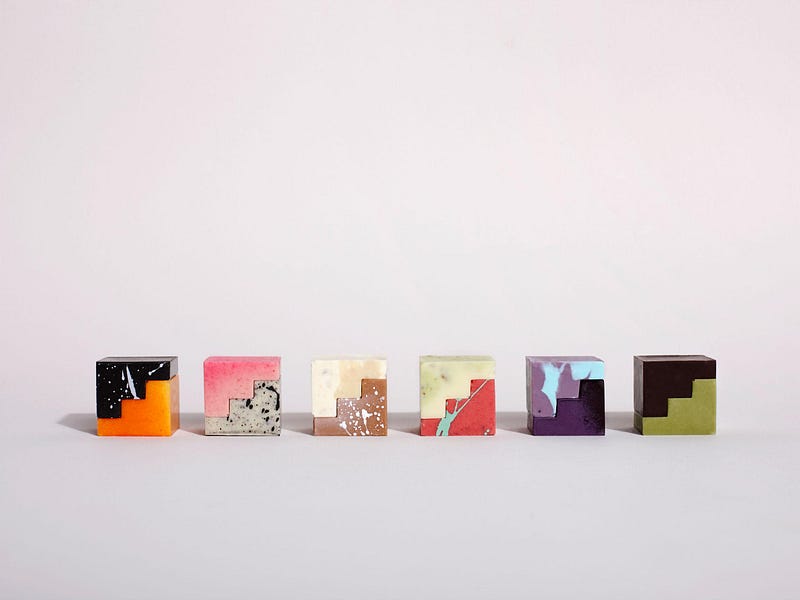Food, Art, and Tech: The Intersection of 3D Printing and Culinary Arts
Published on Apr 29, 2019
Culinary arts is a discipline that strives for perfection — the technical skills required of a professional chef demand painstaking precision and patience to master. Contemporary culinary trends are also increasingly artistic and abstract — exquisite presentation is just as important as exquisite taste. The most practiced chefs have spent their entire careers developing these visual and gustatory palettes, but in recent years, the advent of 3D technology has begun to revolutionize and even streamline the way we create beautiful food.
Culinary professionals are beginning to discover that they can use 3D technology to bring their wildest culinary ideas to life. Ukranian pastry chef Dinara Kasko has earned over half a million followers on Instagram for her elegant, geometric pastries made with 3D printed moulds. As 3D printers and modeling software have entered the mainstream, the process of designing unique, intricate moulds has become infinitely more simple and accessible to the average artist. Any shape imaginable can easily be modeled on a computer and printed out. 3D printers also offer unprecedented levels of precision, allowing artists to mold their work into complex shapes and forms that are often impossible to replicate with human hands alone.
Similarly, Australian design studio Universal Favourite has used 3D printed moulds to invent modular chocolate. Wanting to create an innovative box-of-chocolate experience, the studio experimented with various interlocking architectural forms until arriving at a minimalist staircase design that allows the pieces of chocolate to fit together neatly, like a puzzle. The stimulating, satisfying, and visually stunning design of these confections launched them into worldwide popularity and acclaim — and it was all made possible because of accessible 3D technology.
Nowadays, these unexpected intersections are everywhere you look. The more we accept revolutionary tech into our industries, the further we can push the limits of craftsmanship. These tools become extensions of us, and make us the best artists we can be.
